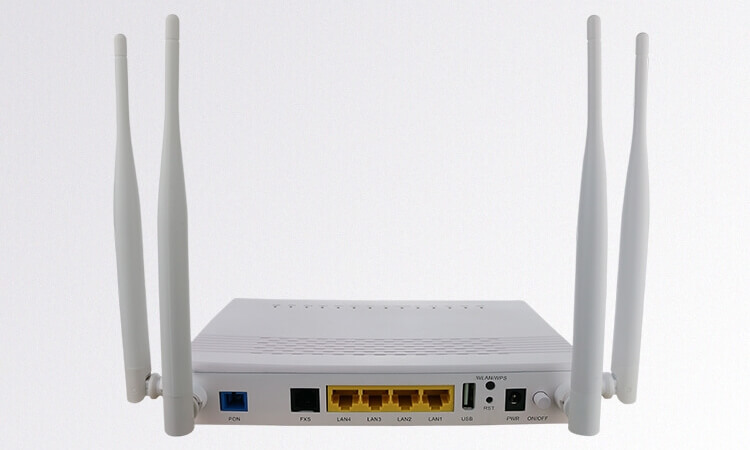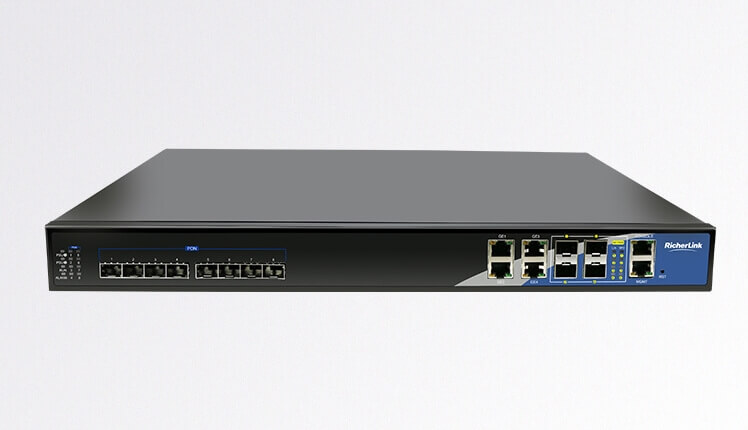
Email:marketing@richerlink.com
Tel:+86-755-86610859
Add:1001, Floor 10, Building 3, Chongwen Park, Nanshan Zhiyuan,Liuxian Avenue, Taoyuan Street, Nanshan District, Shenzhen,China
EPON (Ethernet Passive Optical Network) is an Ethernet-based PON technology. It uses point-to-multipoint architecture, passive fiber transmission, and provides multiple services over Ethernet.
GPON (Gigabit-Capable PON) technology is the latest generation broadband passive optical integrated access standard based on ITU-TG.984.x standard. It has many advantages such as high bandwidth, high efficiency, large coverage, rich user interface, etc. Most operators regard it as an ideal technology for achieving broadband and integrated transformation of access network services.
EPON provides fixed uplink and downlink 1.25 Gbps, 8b/10b line coding, and an actual rate of 1Gbps.
GPON supports multiple speed grades, can support uplink and downlink asymmetric speed, downlink 2.5Gbps or 1.25Gbps, uplink 1.25Gbps or 622 Mbps.According to actual needs, the uplink and downlink rates are determined, and the corresponding optical modules are selected to increase the optical device speed price ratio.
The EPON standard defines a split ratio of 1:32.
The GPON standard defines the split ratio as follows: 1:32; 1:64; 1:128
EPON adds a 64-byte MPCP multipoint control protocol to the MAC layer Ethernet header. MPCP controls the P2MP point-to-multipoint topology through messages, state machines, and timers to implement DBA dynamic bandwidth allocation. The MPCP involves the allocation of ONU transmission time slots, automatic discovery and joining of ONUs, and reporting of congestion to higher layers to dynamically allocate bandwidth. MPCP provides basic support for the P2MP topology, but there is no classification of service priorities in the protocol.
GPON divides the service bandwidth allocation into four types. The highest priority is fixed (Fixed), Assured, Non-Assured, and BestEffort. The DBA also defines a traffic container (T-CONT) as an upstream traffic scheduling unit, and each T-CONT is identified by an Alloc-ID. Each T-CONT can contain one or more GEM Port-IDs. T-CONT is divided into five service types. Different types of T-CONTs have different bandwidth allocation modes, which can meet different QoS requirements for different service flows, such as delay, jitter, and packet loss rate.
EPON does not have too much consideration for OAM, but simply defines ONT remote fault indication, loopback and link monitoring, and is optional support.
GPON defines PLOAM (Physical Layer OAM) at the physical layer, and OMCI (ONT Management and Control Interface) is defined at the upper layer to perform OAM management at multiple levels. PLOAM is used to implement data encryption, status detection, error monitoring and other functions. The OMCI channel protocol is used to manage high-level defined services.
EPON ONU:

GPON OLT:

Copyright © Richerlink Technology Co.,Ltd. 2009-2023. Copyright All Rights Reserved